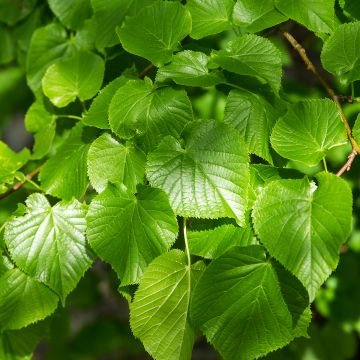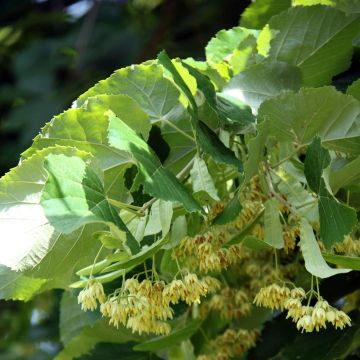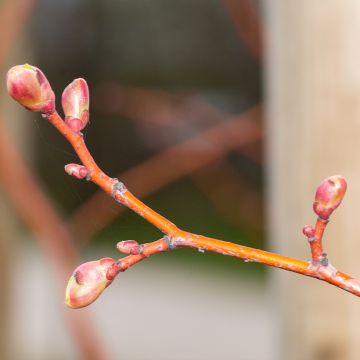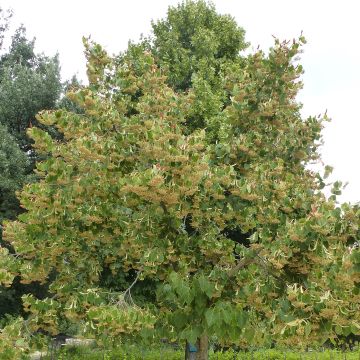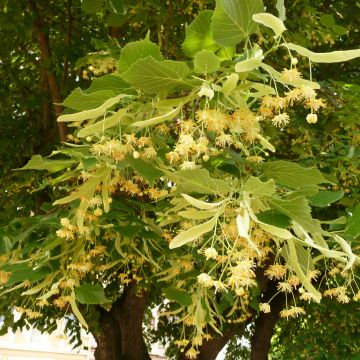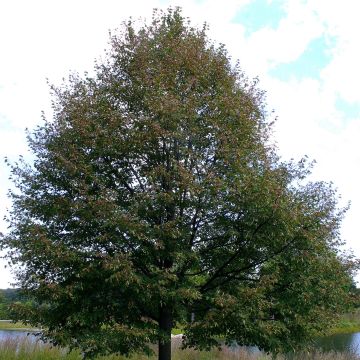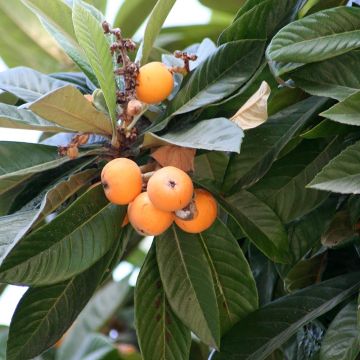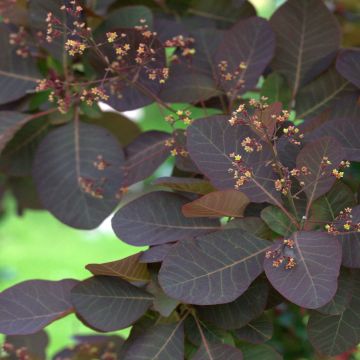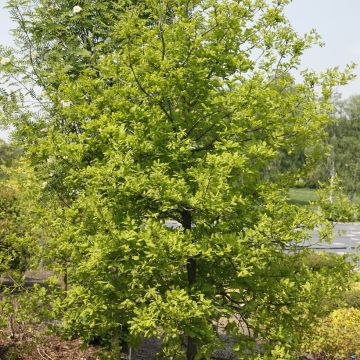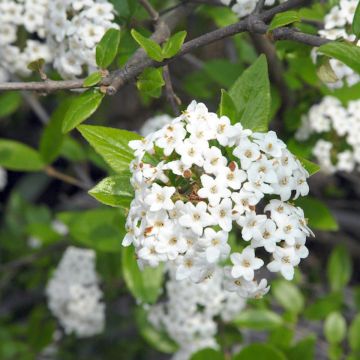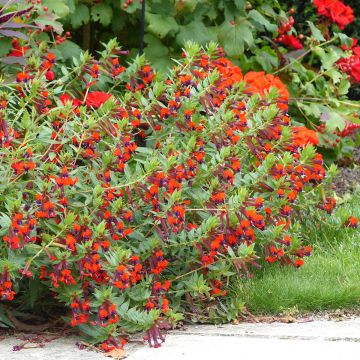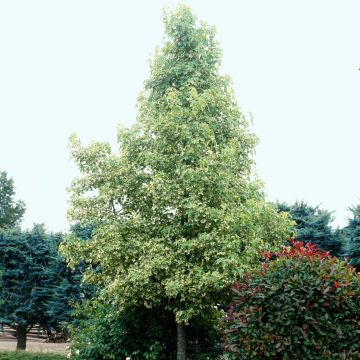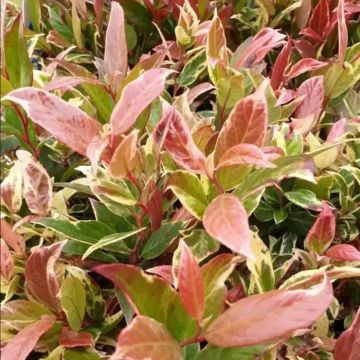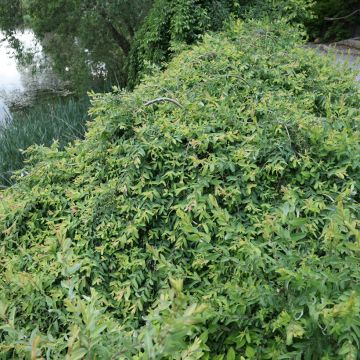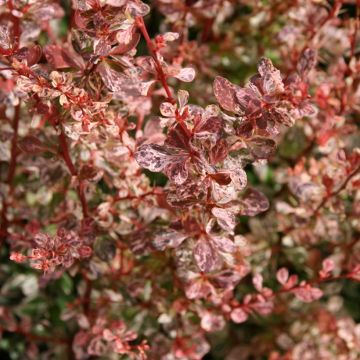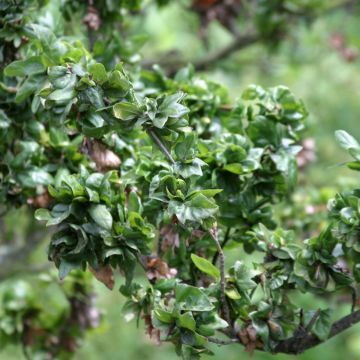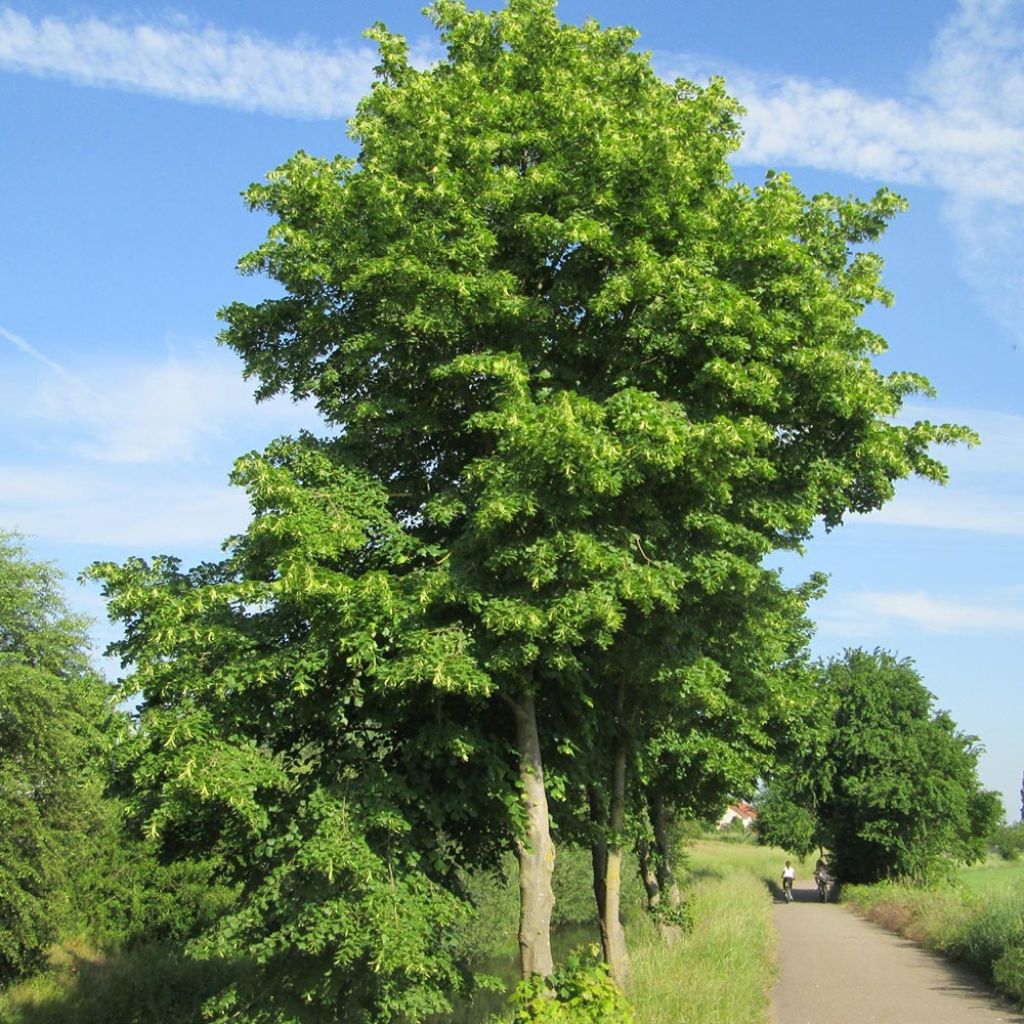

Tilia cordata - Lime
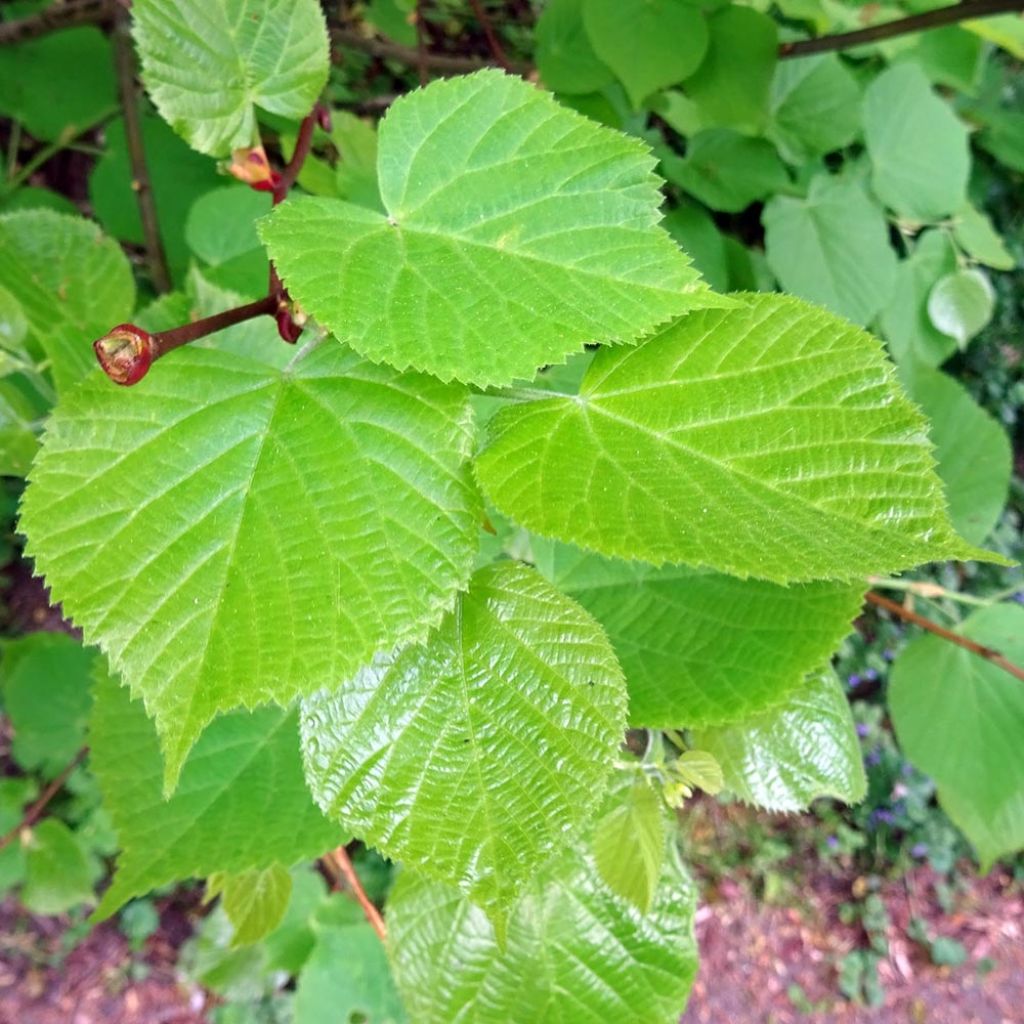

Tilia cordata - Lime
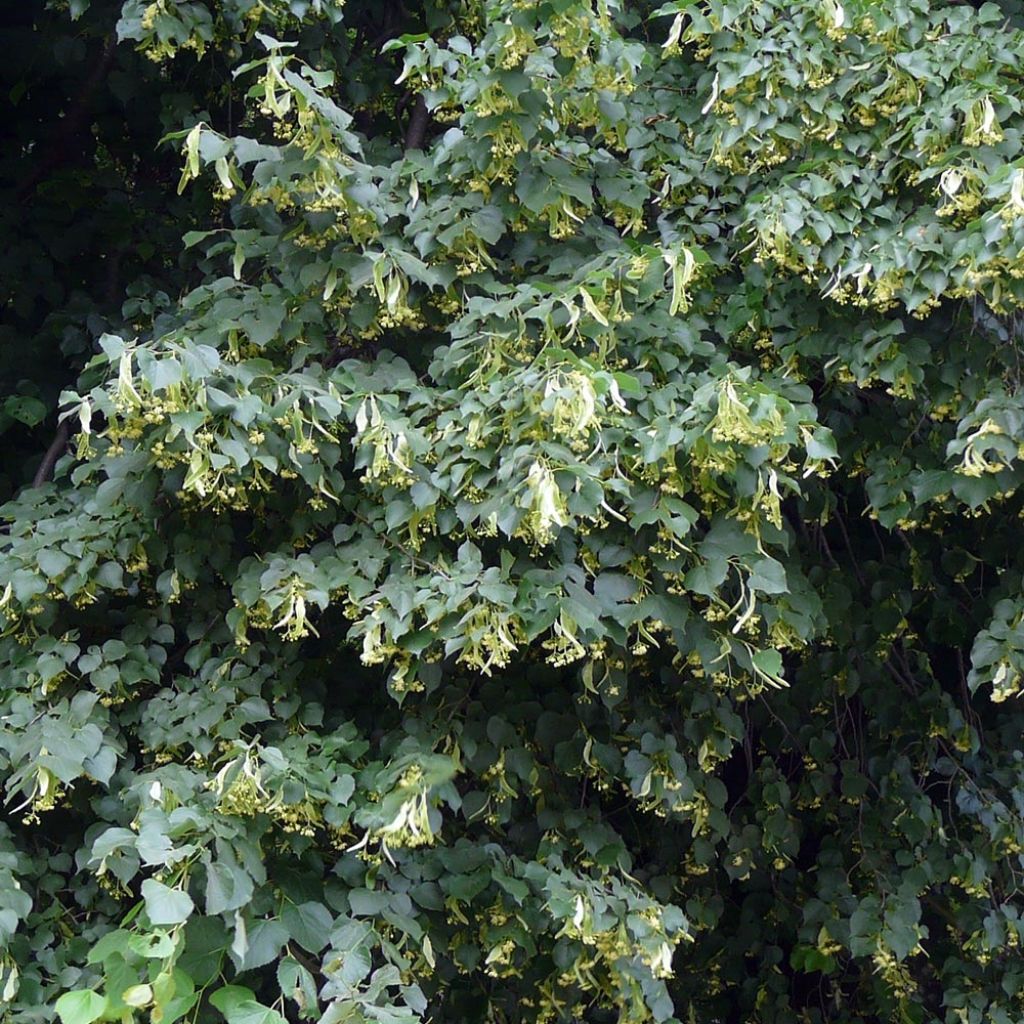

Tilia cordata - Lime
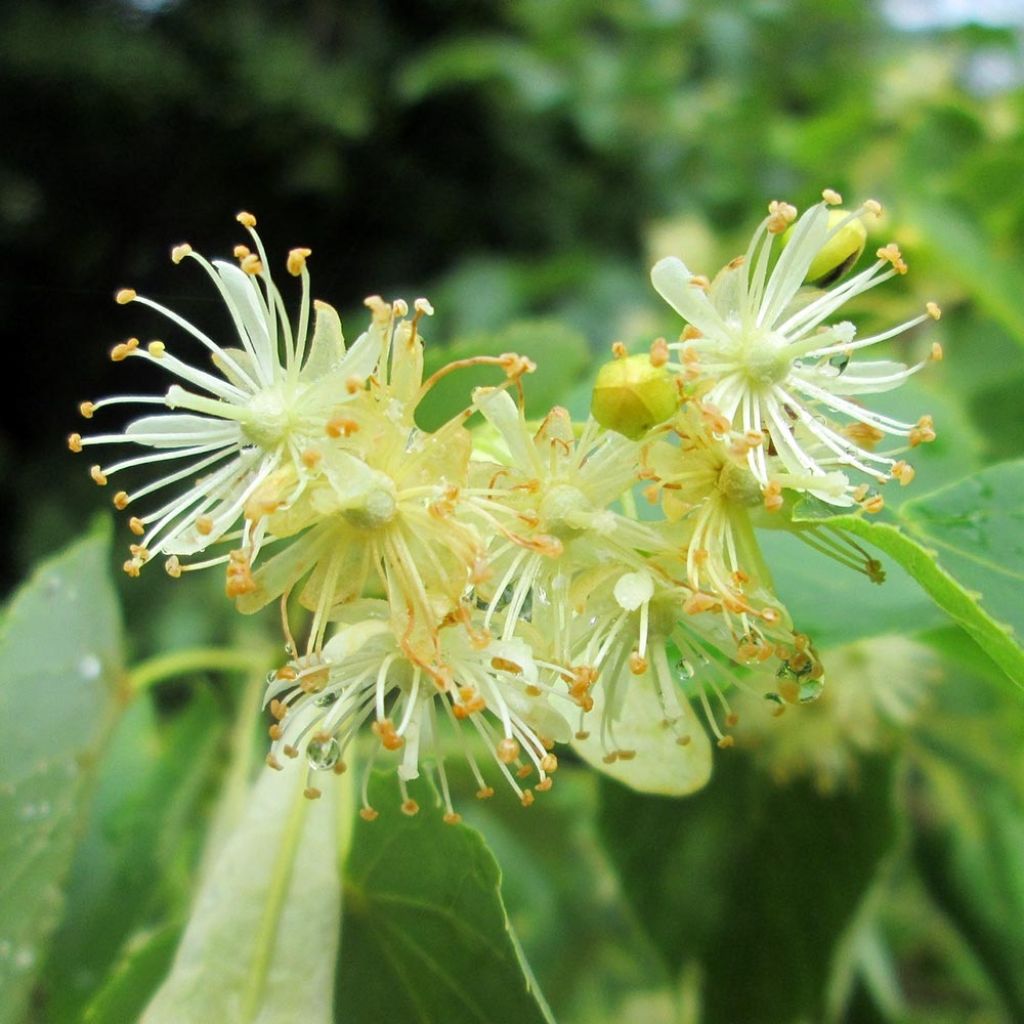

Tilia cordata - Lime
Tilia cordata - Lime
Tilia cordata
Small-leaved Lime, Littleleaf Linden
This item cannot be shipped to the selected country
Oversize package delivery charge from €6.90
Delivery charge from €5.90
Oversize package delivery charge from €6.90
More information
Schedule delivery date,
and select date in basket
This plant carries a 24 months recovery warranty
More information
We guarantee the quality of our plants for a full growing cycle, and will replace at our expense any plant that fails to recover under normal climatic and planting conditions.
Oversize package: home delivery by special carrier from €6.90 per order..
Express home delivery from €8.90.
From €5.90 for pickup delivery and €6.90 for home delivery
Express home delivery from €8.90.
Oversize package: home delivery by special carrier from €6.90 per order..
Express home delivery from €8.90.

Does this plant fit my garden?
Set up your Plantfit profile →
Description
Tilia cordata, or small-leaved lime tree, is a large shade tree, commonly planted in our gardens, parks, and cities. It has a short trunk and a wide, spreading crown with gracefully drooping branches as it ages. Its bark is initially thin, smooth, and silver, becoming grey-brown and fissured when mature. It has abundant deciduous foliage. Its dark green and shiny heart-shaped leaves have a glaucous underside. The foliage turns yellow-gold in autumn before falling. Its fragrant cream-white summer flowering attracts many pollinators, intoxicating bees with their enticing nectar. It is a very hardy tree that tolerates pruning and urban pollution as long as it is planted in deep and moist soil, in a non-scorching exposure. Being tall, it is more suitable for solitary planting in large gardens but can also be trained as a hedge in smaller gardens.
Tilia cordata (synonym Tilia parviflora) belongs to the Malvaceae family and is native to European forests. It is a deciduous, shade-loving tree of large development, with a wide crown that can exceed 30 m (98.4 ft) in height. It is found in hilly and mountainous areas, growing up to 1500 m (492.3 ft) above sea level, mostly in cool, deep, fertile, and acidic to neutral soil. In regions with hot and dry summers, it can be prone to spider mites. Aphids love these trees, making the leaves sticky with the honeydew they secrete, but it does not hinder the tree's development. It has an excellent lifespan, reaching up to 500 years.
It is initially slow-growing but then has a medium growth rate, with a wide and rounded habit. At maturity, it reaches an average height of 25 m (82 ft) with a spread of 15 m (49.2 ft). It has a wide and spreading habit, often with a short and thick trunk, bearing large structural branches that arch and droop. The bark, when mature, is dark brown and channelled, while the young branches are smooth and green to reddish-brown. Its small, alternate, entire leaves measure 5 cm to 8 cm (2 in to 3.1 in) in length and are rounded, heart-shaped at the base, and finely toothed along the edges. The upper surface of the leaf is shiny green, while the undersides are hairy with a glaucous green colour. The leaves turn golden yellow in autumn and fall quite early in the season. Flowering occurs in early summer, in June-July. Numerous small cream-white flowers are clustered in pendulous corymbs, ranging from 4 to 20, attached to the branches by long petioles. Remarkably fragrant, they delight bees. They are followed by small dry fruits, globose in shape, measuring 5 mm to 8mm (0.2 in to 0.3 in), grey and smooth, and attached to a wing called a samara.
The small-leaved lime tree can be planted as a solitary tree, as it is an easy shade tree to grow in many regions. However, it is best suited for large gardens. It can be highlighted in the middle of a lawn, near a terrace, or in front of the house entrance. In a more rustic setting, you can also plant it with hornbeams, purple beeches, oaks, and ashes, which are interesting for their autumn colours and contrasting foliage shapes. For example, use it in a large group planting, accompanied by maples (Acer campestre, A. griseum, A. monspessulanum), caramel tree (Pseudocydonia sinensis), and winged spindle (Euonymus alatus) to create a vibrant grove from September to November. Its flowers are an important source of nectar, useful for those who raise bees. A Japanese medlar, blooming in October-November with a scent of bitter almond, will also play this nourishing role in a scented garden.
Dried flowers are used in infusions for their calming properties. The nectar from the flowers, collected by bees, produces particularly delicious honey.
Report an error about the product description
Tilia cordata - Lime in pictures
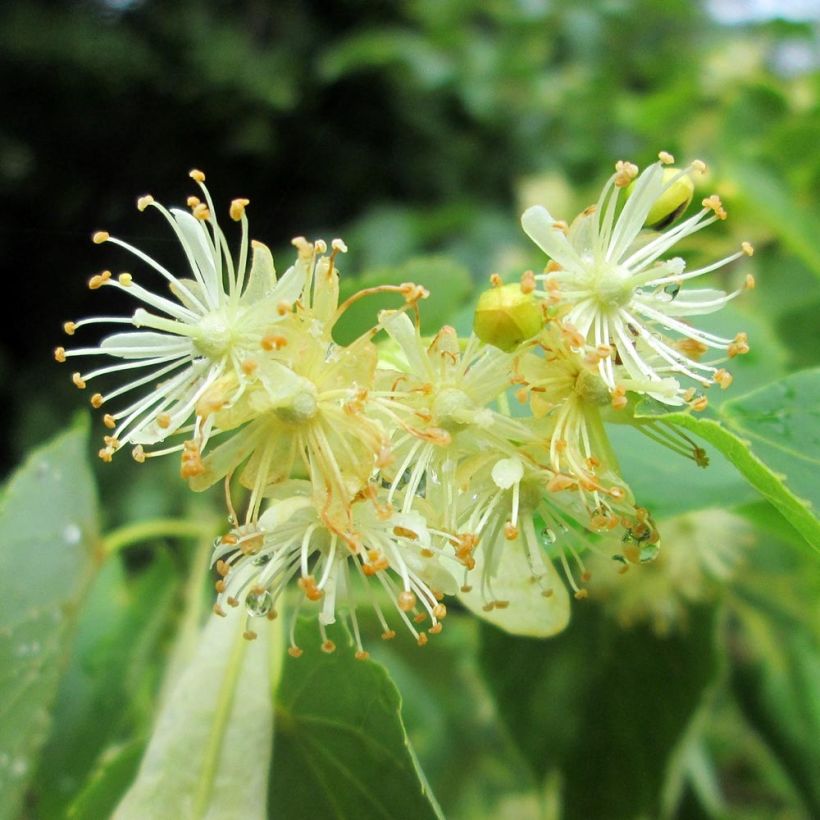

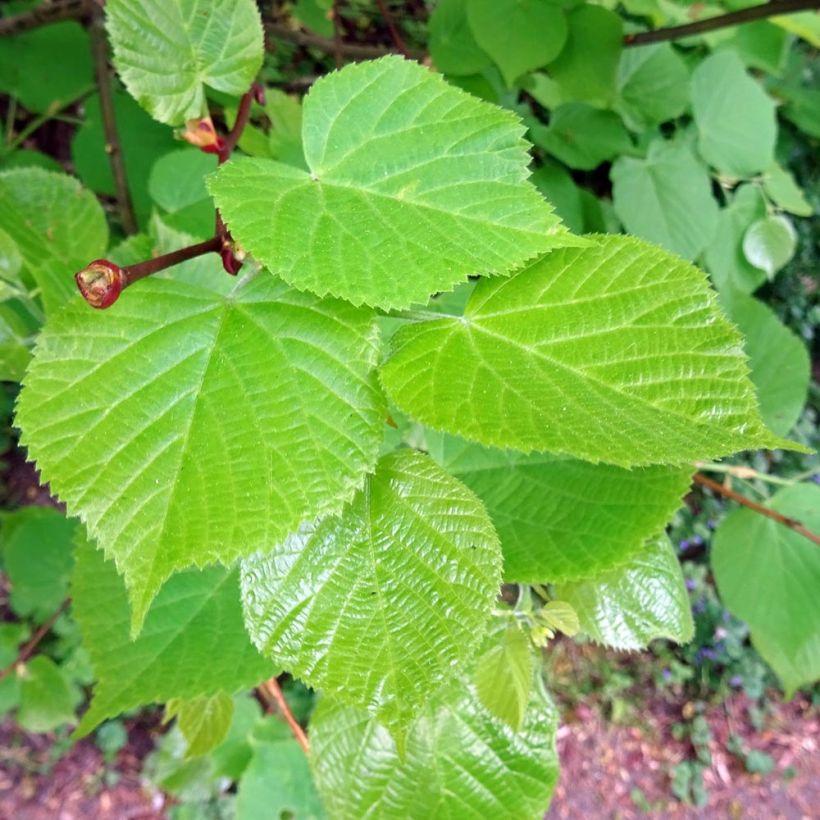

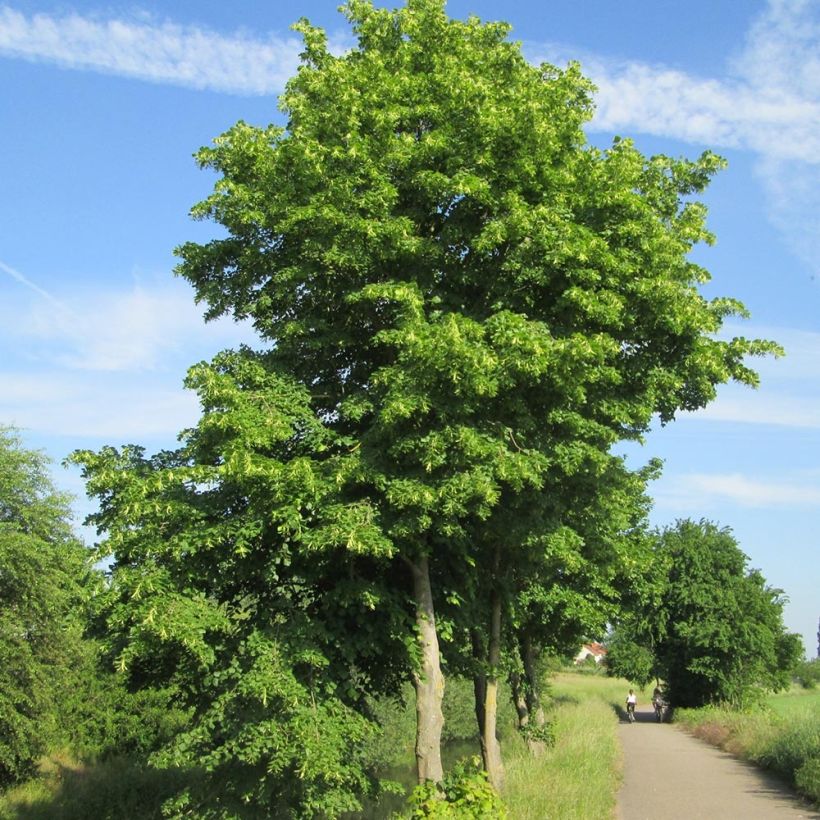

Plant habit
Flowering
Foliage
Botanical data
Tilia
cordata
Tiliaceae
Small-leaved Lime, Littleleaf Linden
Central Europe
Other Tilia - Linden
Planting and care
Plant in autumn or in spring. It is hardy and not very demanding in terms of soil. It tolerates wind and sea spray quite well. It requires a sunny exposure or, at worst, partially shaded. It cannot withstand soil that is too dry, but it tolerates acidic or, on the contrary, calcareous soils. However, it will not tolerate too poor soil. Deep, fertile and moist soil, even clayey, will ensure optimal growth. In the first few years, practice training pruning by removing the lower branches to allow for circulation under the tree.
Planting period
Intended location
Care
-
, onOrder confirmed
Reply from on Promesse de fleurs
Striking foliage shrubs
Haven't found what you were looking for?
Hardiness is the lowest winter temperature a plant can endure without suffering serious damage or even dying. However, hardiness is affected by location (a sheltered area, such as a patio), protection (winter cover) and soil type (hardiness is improved by well-drained soil).

Photo Sharing Terms & Conditions
In order to encourage gardeners to interact and share their experiences, Promesse de fleurs offers various media enabling content to be uploaded onto its Site - in particular via the ‘Photo sharing’ module.
The User agrees to refrain from:
- Posting any content that is illegal, prejudicial, insulting, racist, inciteful to hatred, revisionist, contrary to public decency, that infringes on privacy or on the privacy rights of third parties, in particular the publicity rights of persons and goods, intellectual property rights, or the right to privacy.
- Submitting content on behalf of a third party;
- Impersonate the identity of a third party and/or publish any personal information about a third party;
In general, the User undertakes to refrain from any unethical behaviour.
All Content (in particular text, comments, files, images, photos, videos, creative works, etc.), which may be subject to property or intellectual property rights, image or other private rights, shall remain the property of the User, subject to the limited rights granted by the terms of the licence granted by Promesse de fleurs as stated below. Users are at liberty to publish or not to publish such Content on the Site, notably via the ‘Photo Sharing’ facility, and accept that this Content shall be made public and freely accessible, notably on the Internet.
Users further acknowledge, undertake to have ,and guarantee that they hold all necessary rights and permissions to publish such material on the Site, in particular with regard to the legislation in force pertaining to any privacy, property, intellectual property, image, or contractual rights, or rights of any other nature. By publishing such Content on the Site, Users acknowledge accepting full liability as publishers of the Content within the meaning of the law, and grant Promesse de fleurs, free of charge, an inclusive, worldwide licence for the said Content for the entire duration of its publication, including all reproduction, representation, up/downloading, displaying, performing, transmission, and storage rights.
Users also grant permission for their name to be linked to the Content and accept that this link may not always be made available.
By engaging in posting material, Users consent to their Content becoming automatically accessible on the Internet, in particular on other sites and/or blogs and/or web pages of the Promesse de fleurs site, including in particular social pages and the Promesse de fleurs catalogue.
Users may secure the removal of entrusted content free of charge by issuing a simple request via our contact form.
The flowering period indicated on our website applies to countries and regions located in USDA zone 8 (France, the United Kingdom, Ireland, the Netherlands, etc.)
It will vary according to where you live:
- In zones 9 to 10 (Italy, Spain, Greece, etc.), flowering will occur about 2 to 4 weeks earlier.
- In zones 6 to 7 (Germany, Poland, Slovenia, and lower mountainous regions), flowering will be delayed by 2 to 3 weeks.
- In zone 5 (Central Europe, Scandinavia), blooming will be delayed by 3 to 5 weeks.
In temperate climates, pruning of spring-flowering shrubs (forsythia, spireas, etc.) should be done just after flowering.
Pruning of summer-flowering shrubs (Indian Lilac, Perovskia, etc.) can be done in winter or spring.
In cold regions as well as with frost-sensitive plants, avoid pruning too early when severe frosts may still occur.
The planting period indicated on our website applies to countries and regions located in USDA zone 8 (France, United Kingdom, Ireland, Netherlands).
It will vary according to where you live:
- In Mediterranean zones (Marseille, Madrid, Milan, etc.), autumn and winter are the best planting periods.
- In continental zones (Strasbourg, Munich, Vienna, etc.), delay planting by 2 to 3 weeks in spring and bring it forward by 2 to 4 weeks in autumn.
- In mountainous regions (the Alps, Pyrenees, Carpathians, etc.), it is best to plant in late spring (May-June) or late summer (August-September).
The harvesting period indicated on our website applies to countries and regions in USDA zone 8 (France, England, Ireland, the Netherlands).
In colder areas (Scandinavia, Poland, Austria...) fruit and vegetable harvests are likely to be delayed by 3-4 weeks.
In warmer areas (Italy, Spain, Greece, etc.), harvesting will probably take place earlier, depending on weather conditions.
The sowing periods indicated on our website apply to countries and regions within USDA Zone 8 (France, UK, Ireland, Netherlands).
In colder areas (Scandinavia, Poland, Austria...), delay any outdoor sowing by 3-4 weeks, or sow under glass.
In warmer climes (Italy, Spain, Greece, etc.), bring outdoor sowing forward by a few weeks.

































